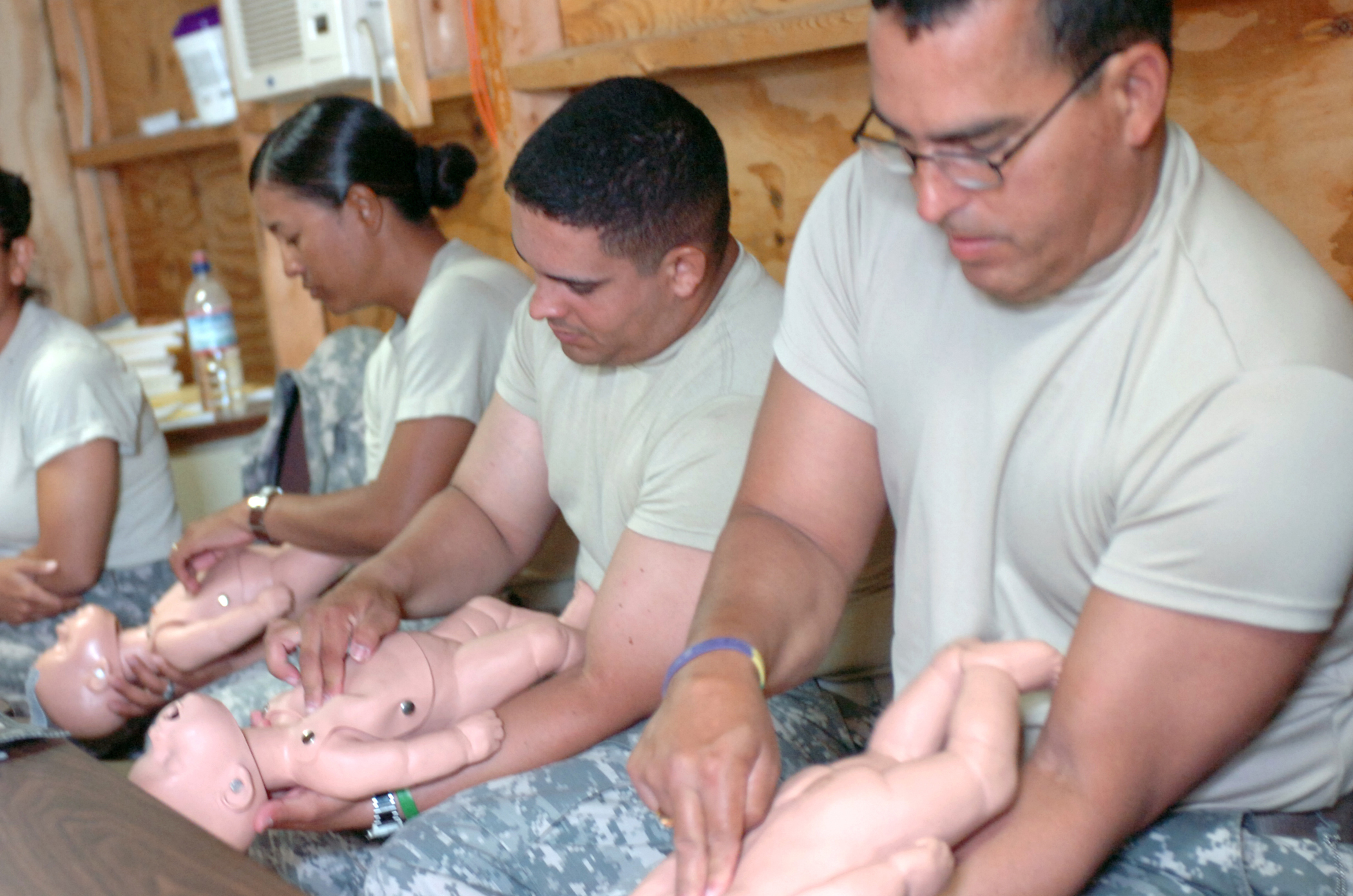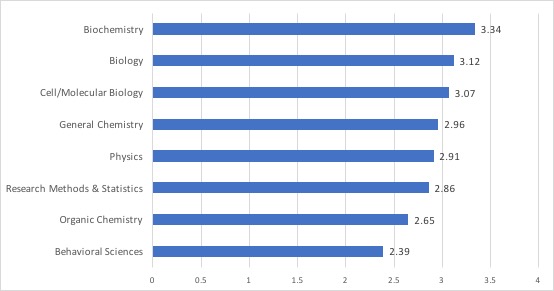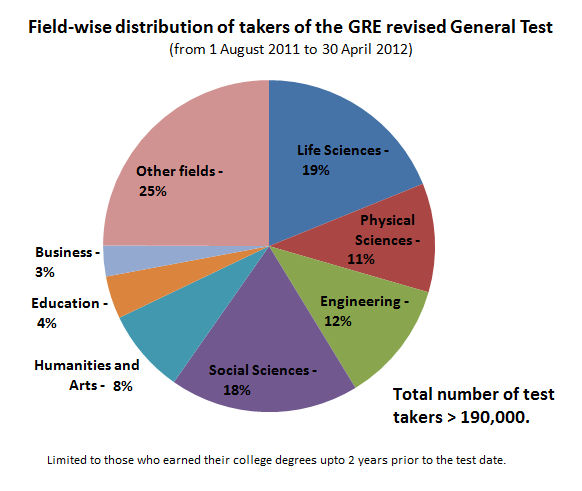|
Anesthesiologist Assistant
Certified anesthesiologist assistants (CAAs) are master’s degree level non-physician anesthesia care providers in North America. CAAs are members of the anesthesia care team as described by the American Society of Anesthesiologists (ASA). This designation must be disambiguated from the Certified Clinical Anesthesia Assistant (CCAA) designation conferred by the Canadian Society of Respiratory Therapists. All CAAs possess a baccalaureate degree, and complete an intensive didactic and clinical program at a postgraduate level. CAAs are trained in the delivery and maintenance of most types of anesthesia care as well as advanced patient monitoring techniques. The goal of CAA education is to guide the transformation of student applicants into competent clinicians. General description Prior to acceptance into their respective graduate programs all anesthesiologist assistant students must possess an undergraduate degree. The anesthesiologist assistant works under the medical direction ... [...More Info...] [...Related Items...] OR: [Wikipedia] [Google] [Baidu] |
Anesthesia Care Team
Anesthesia (American English) or anaesthesia (British English) is a state of controlled, temporary loss of sensation or awareness that is induced for medical or veterinary purposes. It may include some or all of analgesia (relief from or prevention of pain), paralysis (muscle relaxation), amnesia (loss of memory), and unconsciousness. An individual under the effects of anesthetic drugs is referred to as being anesthetized. Anesthesia enables the painless performance of procedures that would otherwise require physical restraint in a non-anesthetized individual, or would otherwise be technically unfeasible. Three broad categories of anesthesia exist: * ''General anesthesia'' suppresses central nervous system activity and results in unconsciousness and total lack of sensation, using either injected or inhaled drugs. * ''Sedation'' suppresses the central nervous system to a lesser degree, inhibiting both anxiety and creation of long-term memories without resulting in unconsciousn ... [...More Info...] [...Related Items...] OR: [Wikipedia] [Google] [Baidu] |
Nova Southeastern University
Nova Southeastern University (NSU) is a Private university, private research university in Florida with its main campus in Fort Lauderdale-Davie, Florida, Davie, Florida, United States. The university consists of 14 colleges, offering over 150 undergraduate, graduate, and doctoral degree programs. The university offers professional degrees in the social sciences, law, business, Osteopathic medicine in the United States, osteopathic medicine (DO), allopathic medicine (MD), health sciences, Doctor of Pharmacy, pharmacy, dentistry, optometry, physical therapy, education, occupational therapy, and nursing. As of 2024, more than 20,000 students were enrolled at Nova Southeastern University, and the university had more than 216,000 alumni. With a main campus located on in Davie, Florida, NSU operates additional campuses in Dania Beach, Florida, Dania Beach and Tampa Bay Area, Tampa-Clearwater, Florida, Clearwater, and other locations throughout the state of Florida, as well as i ... [...More Info...] [...Related Items...] OR: [Wikipedia] [Google] [Baidu] |
National Board Of Medical Examiners
The National Board of Medical Examiners (NBME), founded in 1915, is a United States non-profit which develops and manages assessments of student physicians. Known for its role in developing the United States Medical Licensing Examination (USMLE) in partnership with the Federation of State Medical Boards (FSMB), USMLE examinations for medical students and residents are used by medical licensing authorities in the U.S. to help determine qualifications to grant and recognize medical licenses. NBME also creates assessments and materials that are used by medical students, medical educators, practicing physicians, and for state testing of physicians already holding licenses. NBME's stated mission is to "protect the health of the public through state of the art assessment of health professionals" and emphasizes that "while NBME's mission is centered on assessment of physicians, this mission encompasses the spectrum of health professionals along the continuum of education, training and pra ... [...More Info...] [...Related Items...] OR: [Wikipedia] [Google] [Baidu] |
Pediatric Advanced Life Support
Pediatric advanced life support (PALS) is a course offered by the American Heart Association (AHA) for health care providers who take care of children and infants in the emergency room, critical care and intensive care units in the hospital, and out of hospital (emergency medical services (EMS)). The course teaches healthcare providers how to assess injured and sick children and recognize and treat respiratory distress/failure, shock, cardiac arrest, and arrhythmias. Basic Life Support (BLS) PALS builds upon AHA's Pediatric Basic Life Support (BLS). Providers should follow thAHA's Pediatric BLS Algorithmsfor single and ≥ 2 person rescuer. The most essential component of BLS and PALS cardiac arrest care is high quality cardiopulmonary resuscitation (CPR). CPR should begin with a check for responsiveness, getting help, and activating the emergency response system. After this, the provider should assess for breathing and a pulse ( brachial pulse in infant and carotid pulse in ch ... [...More Info...] [...Related Items...] OR: [Wikipedia] [Google] [Baidu] |
Airway Management
Airway management includes a set of maneuvers and medical procedures performed to prevent and relieve an airway obstruction. This ensures an open pathway for gas exchange between a patient's lungs and the atmosphere. This is accomplished by either clearing a previously obstructed airway; or by preventing airway obstruction in cases such as anaphylaxis, the Obtundation, obtunded patient, or medical sedation. Airway obstruction can be caused by the tongue, foreign objects, the tissues of the airway itself, and bodily fluids such as blood and gastric contents (Pulmonary aspiration, aspiration). Airway management is commonly divided into two categories: Basic airway management, basic and Advanced airway management, advanced. Basic techniques are generally non-invasive and do not require specialized medical equipment or advanced training. Techniques might include head and neck maneuvers to optimize ventilation, abdominal thrusts, and back blows. Advanced techniques require specialized ... [...More Info...] [...Related Items...] OR: [Wikipedia] [Google] [Baidu] |
Pharmacology
Pharmacology is the science of drugs and medications, including a substance's origin, composition, pharmacokinetics, pharmacodynamics, therapeutic use, and toxicology. More specifically, it is the study of the interactions that occur between a living organism and chemicals that affect normal or abnormal biochemical function. If substances have medicinal properties, they are considered pharmaceuticals. The field encompasses drug composition and properties, functions, sources, synthesis and drug design, molecular and cellular mechanisms, organ/systems mechanisms, signal transduction/cellular communication, molecular diagnostics, interactions, chemical biology, therapy, and medical applications and antipathogenic capabilities. The two main areas of pharmacology are pharmacodynamics and pharmacokinetics. Pharmacodynamics studies the effects of a drug on biological systems, and pharmacokinetics studies the effects of biological systems on a drug. In broad terms, pharmacod ... [...More Info...] [...Related Items...] OR: [Wikipedia] [Google] [Baidu] |
Physiology
Physiology (; ) is the science, scientific study of function (biology), functions and mechanism (biology), mechanisms in a life, living system. As a branches of science, subdiscipline of biology, physiology focuses on how organisms, organ systems, individual organ (biology), organs, cell (biology), cells, and biomolecules carry out chemistry, chemical and physics, physical functions in a living system. According to the classes of organisms, the field can be divided into clinical physiology, medical physiology, Zoology#Physiology, animal physiology, plant physiology, cell physiology, and comparative physiology. Central to physiological functioning are biophysics, biophysical and biochemical processes, homeostasis, homeostatic control mechanisms, and cell signaling, communication between cells. ''Physiological state'' is the condition of normal function. In contrast, ''pathology, pathological state'' refers to abnormality (behavior), abnormal conditions, including human diseases. ... [...More Info...] [...Related Items...] OR: [Wikipedia] [Google] [Baidu] |
Medical College Admission Test
The Medical College Admission Test (MCAT; ) is a Computer-based testing, computer-based standardized examination for prospective medical students in the United States, Canada, Australia, and the Offshore medical school, Caribbean Islands. It is designed to assess problem solving, critical thinking, written analysis and knowledge of scientific concepts and principles. Before 2007, the exam was a paper-and-pencil test; since 2007, all administrations of the exam have been computer-based. The most recent version of the exam was introduced in April 2015 and takes approximately hours to complete, including breaks. The test is scored in a range from 472 to 528. The MCAT is administered by the Association of American Medical Colleges (AAMC). History Moss Test: 1928–1946 In the 1920s, dropout rates in US medical schools soared from 5% to 50%, leading to the development of a test that would measure readiness for medical school. Physician F. A. Moss and his colleagues developed t ... [...More Info...] [...Related Items...] OR: [Wikipedia] [Google] [Baidu] |
Graduate Record Examinations
The Graduate Record Examinations (GRE) is a standardized test that is part of the admissions process for many graduate schools in the United States and Canada and a few other countries. The GRE is owned and administered by Educational Testing Service (ETS). The test was established in 1936 by the Carnegie Foundation for the Advancement of Teaching. According to ETS, the GRE aims to measure verbal reasoning, quantitative reasoning, analytical writing, and critical thinking skills that have been acquired over a long period of learning. The content of the GRE consists of certain specific data analysis or interpretation, arguments and reasoning, algebra, geometry, arithmetic, and vocabulary sections. The GRE General Test is offered as a computer-based exam administered at testing centers and institution owned or authorized by Prometric. In the graduate school admissions process, the level of emphasis that is placed upon GRE scores varies widely among schools and departments. The ... [...More Info...] [...Related Items...] OR: [Wikipedia] [Google] [Baidu] |
University Of New Mexico
The University of New Mexico (UNM; ) is a public research university in Albuquerque, New Mexico, United States. Founded in 1889 by the New Mexico Territorial Legislature, it is the state's second oldest university, a flagship university in the state, and the largest by enrollment, with 22,630 students in 2023. UNM comprises twelve colleges and schools, including a medical school and the only law school in New Mexico. It offers 215 degree and certificate programs, including 94 baccalaureate, 71 master, and 37 doctoral degree programs. The main campus spans in central Albuquerque, with branch campuses in Gallup, Los Alamos, Rio Rancho, Taos, and Los Lunas. UNM is classified among "R1: Doctoral Universities - Very high research activity". According to the National Science Foundation, it spent over $243 million on research and development in 2021, ranking 103rd in the U.S. UNM is classified as a Hispanic-Serving Institution (HSI) by the U.S. Department of Education, wi ... [...More Info...] [...Related Items...] OR: [Wikipedia] [Google] [Baidu] |
University Of Missouri–Kansas City
The University of Missouri–Kansas City (UMKC or Kansas City) is a Public university, public research university in Kansas City, Missouri, United States. UMKC is part of the University of Missouri System and has a UMKC School of Medicine, medical school. For the 2023-2024 academic year, the university's enrollment was over 15,300 students. It is the largest university and third-largest college in the Kansas City metropolitan area. It offers more than 125 degree programs over 11 academic units. It is classified among "Carnegie Classification of Institutions of Higher Education, R1: Doctoral Universities – Very high research activity". UMKC is Kansas City, Missouri, Kansas City's only R1 university. History Lincoln and Lee University The school has its roots in the Lincoln and Lee University movement first put forth by the Methodist Church and its Bishop Ernest Lynn Waldorf in the 1920s. The proposed university (which was to honor Abraham Lincoln and Robert E. Lee) was to be b ... [...More Info...] [...Related Items...] OR: [Wikipedia] [Google] [Baidu] |







